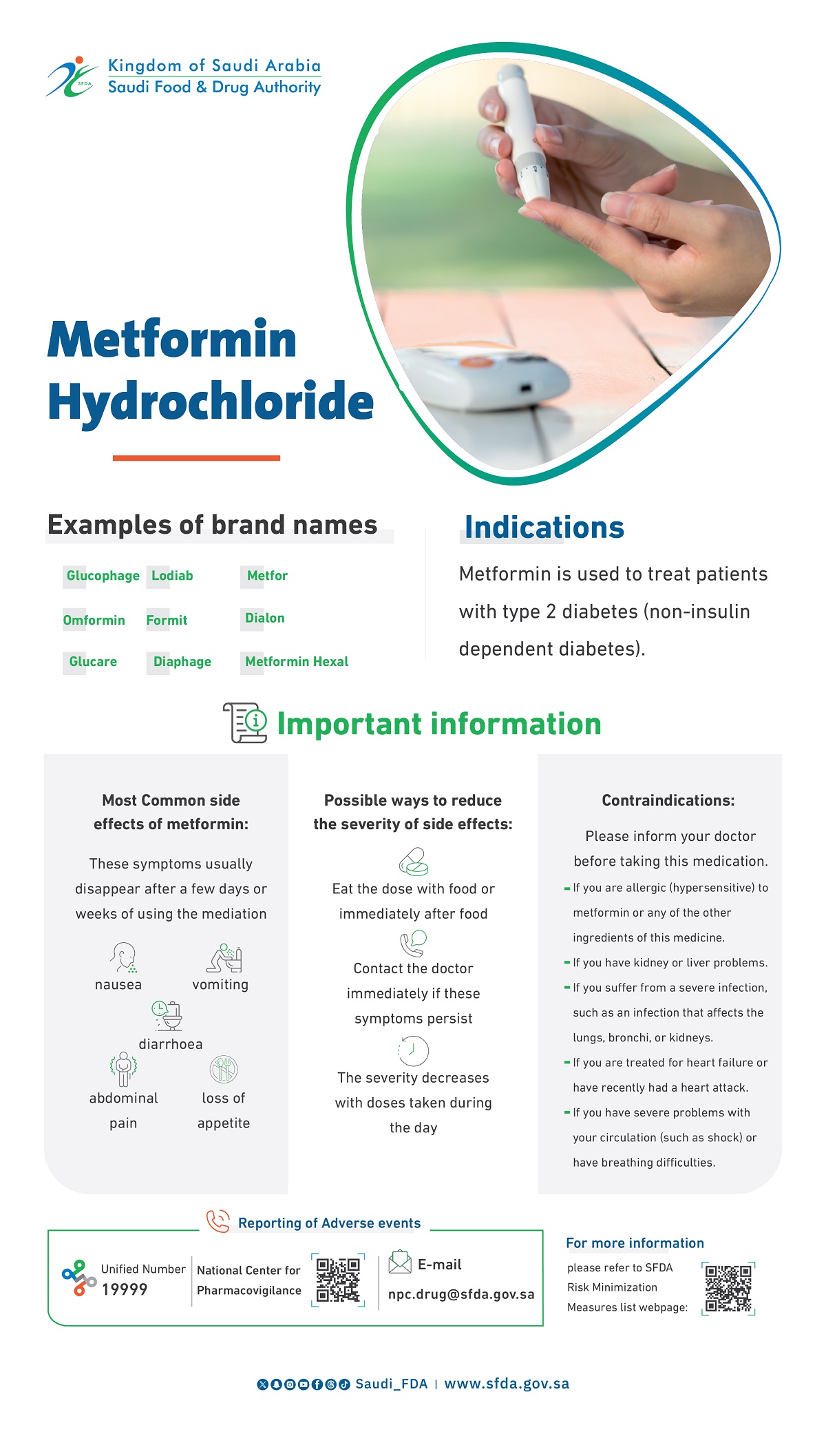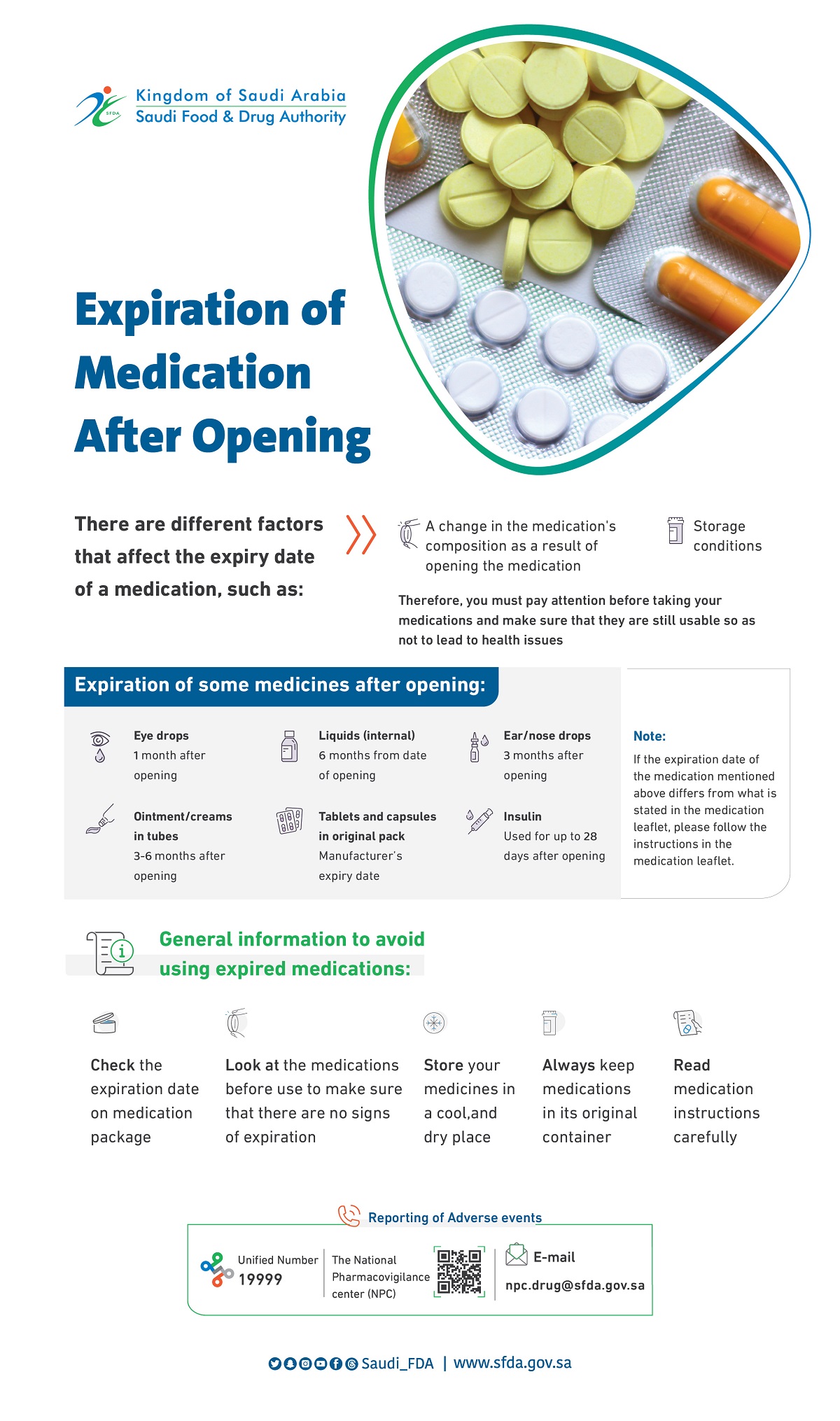
Glucosamine and Warfarin Interactions; TGA Updates
Glucosamine and Warfarin Interactions; TGA Updates
Glucosamine and Warfarin Interactions; TGA Updates
2008-02-06
The Australian Therapeutic Goods Administration (TGA), the Australian equivalent to the Saudi Food and Drug Authority (SFDA), has recently published the February 2008 issue of the Australian Adverse Drug Reactions Bulletin. The TGA has received many cases suggesting interaction between Glucosamine and Warfarin.
Warfarin (Coumadin®) is used as an anticoagulant for treatment and prevention of clotting disorders. Glucosamine is a complementary medicine used for osteoarthritis (joint inflammation).
There was 12 reports received by the TGA suggesting an interaction between Warfarin and glucosamine. Most of the cases described changes in the international normalized ratio (INR) after patients previously stable on Warfarin began taking glucosamine. In 2 cases, the INR fell slightly but in the other 10 cases the INR rose (peak INR, reported in 8 cases, ranged from 4.1 to 12). Most of these changes occurred from 4 to 20 days after commencing glucosamine Most of the INR increases were asymptomatic but in one case a patient developed hyphaema (blood in the anterior chamber of the eye) and in another case the patient developed haemoptysis and petechiae (small red or purple spot on the body).
The potentiating effect of glucosamine on Warfarin activity has been highlighted in a report of 22 cases to the WHO Collaborating Centre for Drug Monitoring (which includes 9 of the Australian reports) and also by the UK's Medical and Healthcare products Regulatory Agency which described 7 cases of INR increases in patients commencing glucosamine when previously stable on Warfarin.
The mechanism of this interaction is unknown. Product information documents for the Warfarin note that "there is some evidence that glucosamine might increase the activity of Warfarin.
Actions that Healthcare Professionals and Public should Follow:
- All patients taking Warfarin should be specifically asked if they are taking complementary medicines of any kind.
- Patients taking Warfarin should be advised to consider the potential for interactions with other medicines, including complementary medicines and herbal remedies.
- In case of start using or changing the dose of complementary medicines, INR should be assessed within few days and later than two weeks.
- Warfarin dosage adjustments may be required when glucosamine therapy is initiated or modified during concomitant treatment.
Report Adverse Drug Reactions to The Saudi FDA:
The public and health professionals are encouraged to report adverse drug reactions the National Pharmacovigilance Center on the Internet at:





